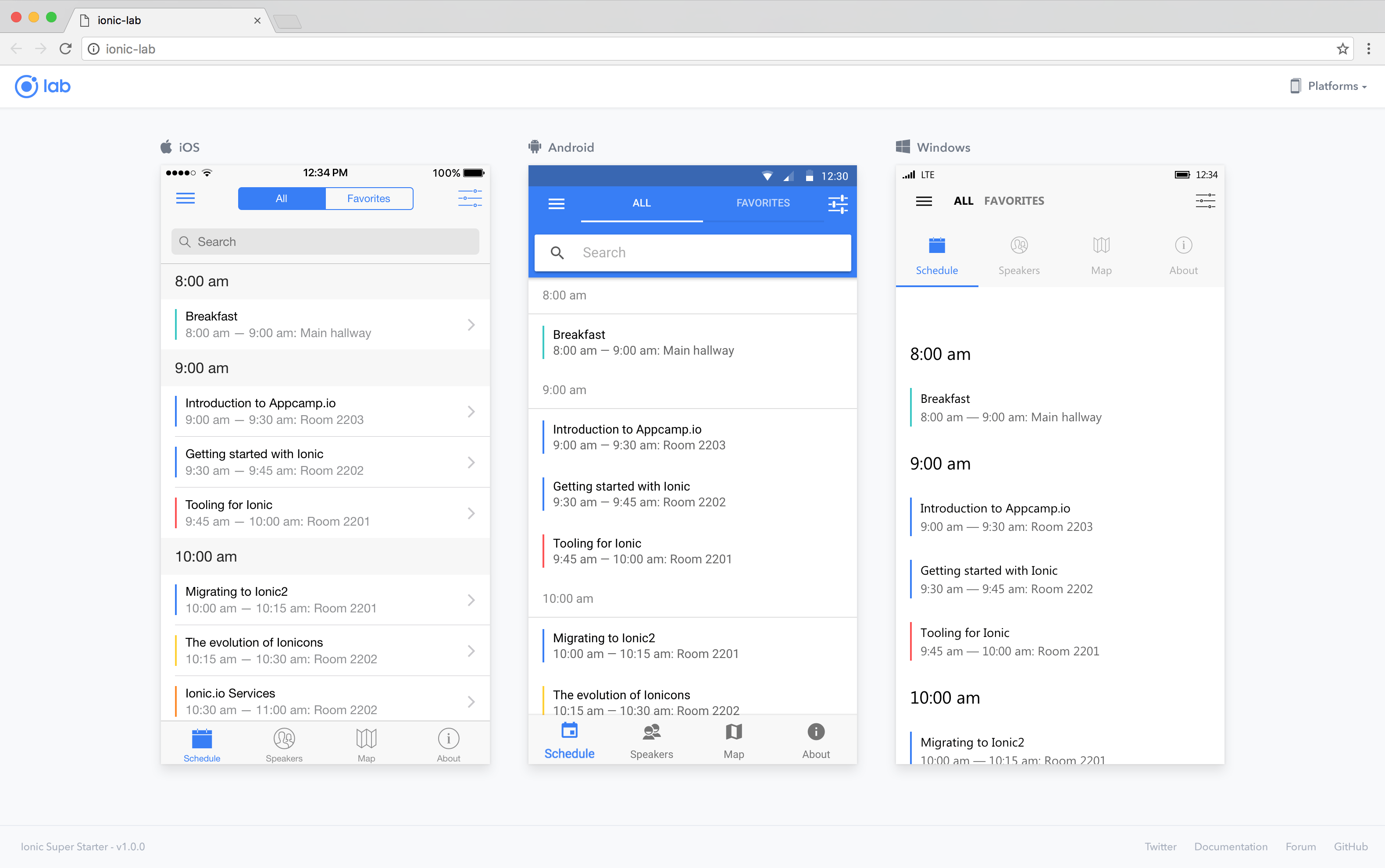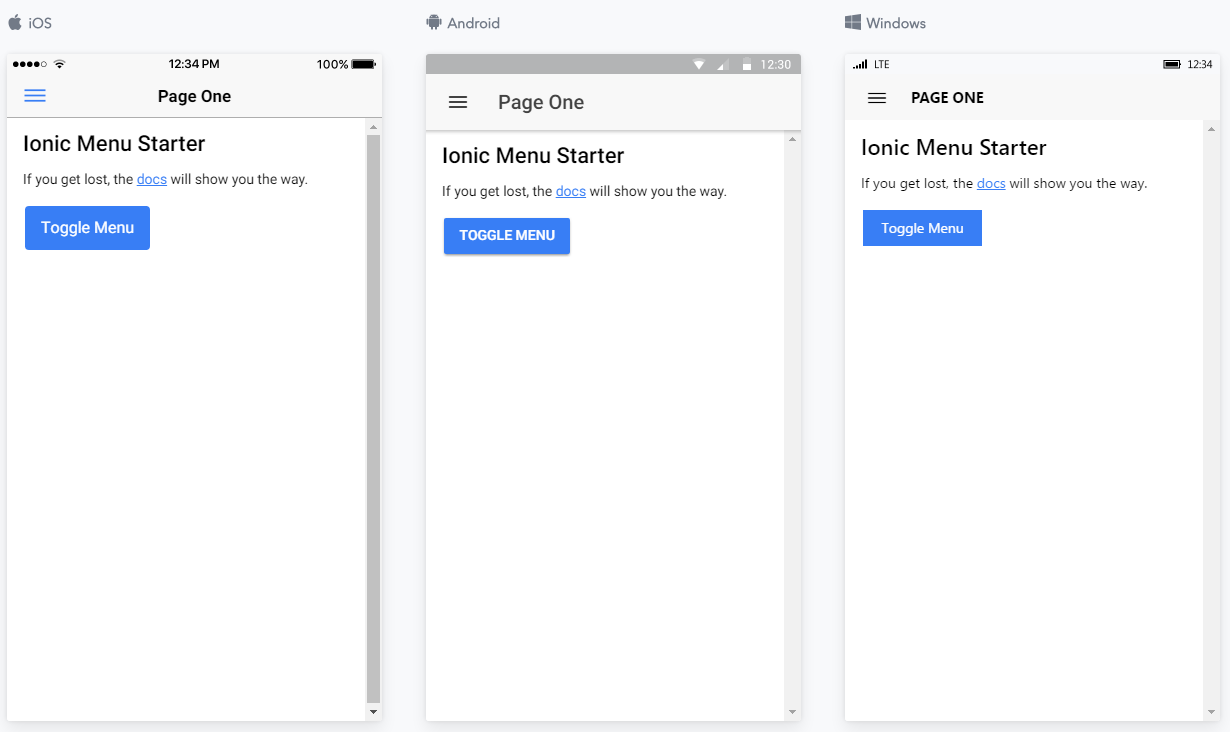Ionic 2 Decorators: Essential List for App Development

In the ever-evolving landscape of mobile app development, Ionic 2 stands out as a powerful framework for building cross-platform applications using web technologies like HTML, CSS, and JavaScript. Among its many features, Ionic 2 decorators play a crucial role in simplifying the process of component creation and management. This post dives into the essential decorators in Ionic 2, helping developers understand their significance, usage, and benefits in crafting robust and scalable applications.
What Are Decorators?

Before delving into the specifics of Ionic 2 decorators, let’s understand what decorators are in JavaScript:
- They are a stage 2 proposal for JavaScript and are already implemented in TypeScript.
- Decorators provide a way to add metadata, transform, or modify classes and properties at design time.
- In essence, they are functions that decorate a class, method, accessor, property, or parameter.
Component Decorator

The @Component decorator is perhaps the most fundamental in Ionic 2, used to define components:
@Component({
selector: 'page-home',
templateUrl: 'home.html'
})
export class HomePage {
constructor(public navCtrl: NavController) {}
}
- selector: Defines the HTML element that Angular will create for this component.
- templateUrl: Specifies the location of the HTML template for the component's view.
ViewChild and ContentChild

These decorators are used to get references to child components or elements:
- @ViewChild: Allows you to access a child component or directive from within a parent component.
- @ContentChild: Similar to ViewChild but targets content projected into the component using
ng-content.
@ViewChild('userInput') userInput: ElementRef;
ngAfterViewInit() {
this.userInput.nativeElement.focus();
}
Directive Decorator

For creating directives in Ionic 2, you use the @Directive decorator:
@Directive({
selector: '[resizable]'
})
export class ResizableDirective {
constructor(el: ElementRef) {
el.nativeElement.style.border = "1px solid black";
}
}
Input and Output Decorators

These are critical for component interaction:
- @Input: Binds a property in the child component to a property in the parent component.
- @Output: Enables child components to emit events to the parent component.
@Input() data: string;
@Output() onChanged = new EventEmitter();
HostBinding and HostListener

These decorators are used for DOM manipulation:
- @HostBinding: Binds a host element property to a directive/class property.
- @HostListener: Listens to events on the host element.
@HostBinding('class.active') isActive = false;
@HostListener('mouseenter') onMouseEnter() {
this.isActive = true;
}
@HostListener('mouseleave') onMouseLeave() {
this.isActive = false;
}
NgModule

The @NgModule decorator defines the compilation context for a component. Here’s how you might structure a module:
@NgModule({
declarations: [
MyApp,
HomePage,
ListPage
],
imports: [
BrowserModule,
IonicModule.forRoot(MyApp)
],
bootstrap: [IonicApp],
entryComponents: [
MyApp,
HomePage,
ListPage
]
})
export class AppModule {}
⚠️ Note: It's essential to include all components in the declarations array that are part of this module.
Best Practices for Using Decorators

- Modularity: Keep your components simple and focused by using decorators to segment functionality.
- Performance: Use decorators like
@HostBindingfor efficient DOM manipulation. - Maintainability: Clear use of decorators enhances code readability and maintainability.
Using Ionic 2 decorators properly can significantly streamline the development process, making your code cleaner, more organized, and easier to scale. With these tools, you can craft complex, data-rich, and responsive mobile applications with less boilerplate code and more focus on functionality.
What's the difference between @Input and @Output decorators?

+
@Input allows you to pass data into a child component from a parent, whereas @Output enables the child to emit events or pass data back to the parent.
Can I use decorators in plain JavaScript?

+
No, decorators are a stage 2 proposal in JavaScript, but you can use them with TypeScript, which supports them out of the box.
How do HostBinding and HostListener work?

+
@HostBinding binds a property of the host element to a directive/class property. @HostListener listens for events on the host element, allowing you to react to those events within the directive or component.
To sum up, Ionic 2 decorators are not just syntactic sugar; they are tools for creating maintainable, efficient, and scalable code. By understanding and implementing these decorators, you can harness the full power of Ionic 2, building apps that are not only functional but also easy to update and expand. Whether you’re adding interactivity, managing dependencies, or structuring your code, decorators in Ionic 2 are your allies in the journey of app development.



